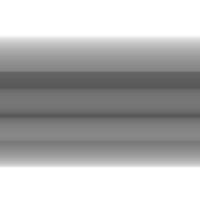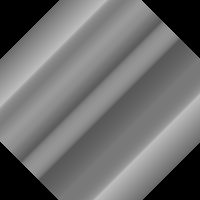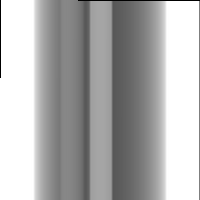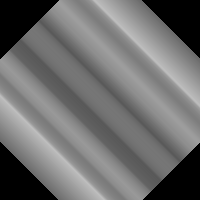Difference between revisions of "CT x-ray scanner"
From Noah.org
Jump to navigationJump to search| Line 14: | Line 14: | ||
|- | |- | ||
| The target and four | | The target and four | ||
| − | 1-dimensional sections. | + | 1-dimensional sections. |
| − | The position of the | + | The position of the |
| − | sections corresponds to | + | sections corresponds to |
| − | the angle of projection. | + | the angle of projection. |
| [[image:target.png]] || [[image:section_4_0.png]] | | [[image:target.png]] || [[image:section_4_0.png]] | ||
|- | |- | ||
| [[image:section_4_3.png]] || [[image:section_4_2.png]] || [[image:section_4_1.png]] | | [[image:section_4_3.png]] || [[image:section_4_2.png]] || [[image:section_4_1.png]] | ||
|} | |} | ||
Revision as of 09:00, 13 December 2007
CAT Scanning
Here are some sample images that illustrate the process. The algorithm is quite simple.
In a real CAT Scan system the 1 dimensional slices would be taken from the horizontal row of a series of x-rays. In this demo I don't yet have the x-rays to work with so I synthesize the 1D bands from the target image that I want to regenerate. So given a target image I generate a series of 1D radial slices by rotating the target image and then averaging all values in the rows of the image. Then I rotate the slice back to the original angle.
Slices are synthesized from a 180 degree rotation of the target image.
The target and four
1-dimensional sections. The position of the sections corresponds to the angle of projection. |
 |

|
 |
 |

|